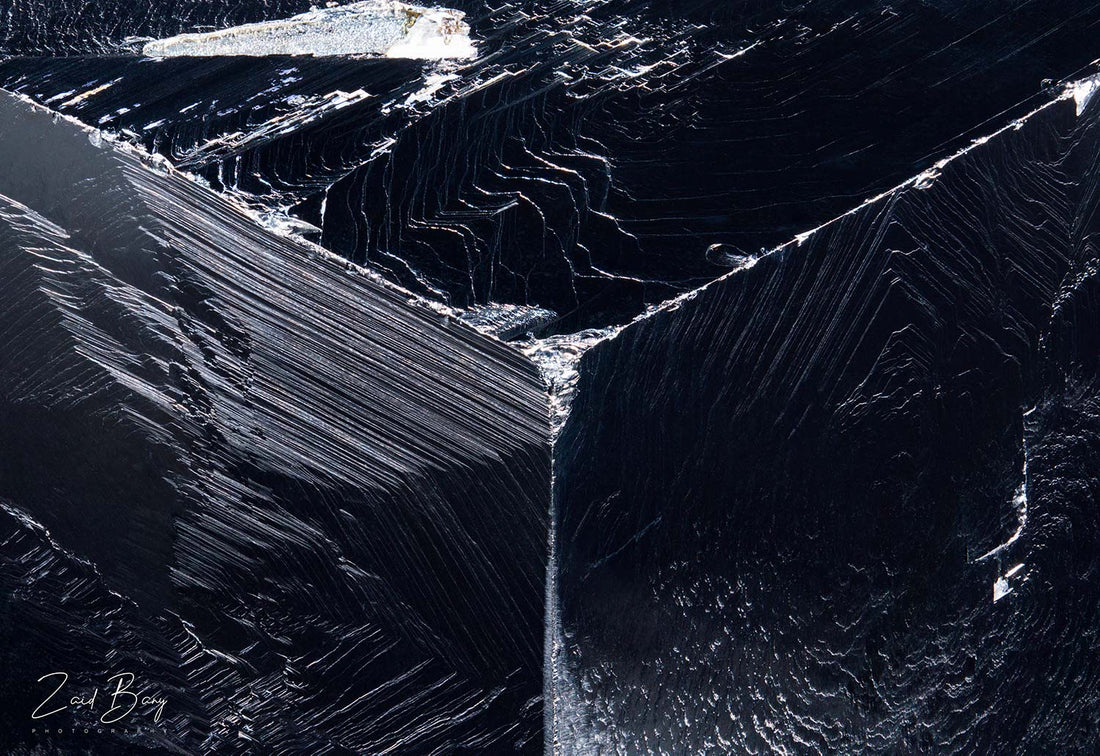
Pyrite: Unveiling the Marvels of Fool's Gold and Its Extraordinary Formation
Zaid Al BaniIntroduction: Nature has a way of captivating us with its hidden treasures, and one such wonder is the mineral pyrite. Often referred to as "fool's gold," pyrite has long fascinated both scientists and treasure hunters alike. Its golden hue and metallic luster make it an exquisite specimen to behold. However, beneath its captivating appearance lies a remarkable story of formation that unveils the intricate processes involved in shaping our Earth's geology. Join us as we explore the mesmerizing world of pyrite and unravel the mysteries behind its creation.
-
What is Pyrite? Pyrite, with its chemical formula FeS₂, is an iron sulfide mineral that crystallizes in the cubic system. It is widely known for its resemblance to gold, earning it the nickname "fool's gold." Pyrite often forms in a variety of shapes, including cubes, octahedrons, and pyritohedrons. Its brilliant metallic luster and pale brass-yellow color make it a captivating addition to mineral collections.
-
Formation of Pyrite: The formation of pyrite is a complex process that occurs under specific geological conditions. It typically originates in sedimentary environments, where organic matter and iron-rich minerals interact in the presence of water and oxygen. Let's delve into the stages that contribute to pyrite's formation:
a. Organic Matter Accumulation: The initial step in pyrite formation involves the accumulation of organic matter, such as decaying plants and microscopic organisms, in a low-oxygen environment. These organic materials provide a source of carbon and sulfur essential for pyrite formation.
b. Burial and Compression: Over time, the organic matter becomes buried under layers of sediment, subjecting it to immense pressure. The compression leads to the expulsion of water and volatile gases, concentrating the remaining carbon and sulfur.
c. Interaction with Iron Minerals: As the organic matter continues to decompose, the released sulfur compounds react with iron minerals, most commonly iron-bearing clay minerals. These reactions, occurring in the presence of water and heat, result in the precipitation of iron sulfide minerals, predominantly pyrite.
d. Chemical Transformations: Pyrite formation involves a series of chemical transformations. The sulfur compounds released from the organic matter react with iron to form iron sulfide ions. These ions then combine to form pyrite crystals, often growing in void spaces within the sedimentary matrix.
-
Influence of Hydrothermal Activity: Apart from sedimentary environments, pyrite can also form through hydrothermal activity. In this process, heated fluids, rich in sulfur and metals, migrate through cracks and fractures in the Earth's crust. As these fluids cool and interact with surrounding minerals, pyrite crystallization occurs. Hydrothermal pyrite formations often display distinctive crystal habits and can be found in various geological settings, including veins and hydrothermal deposits.
-
Environmental Significance: Pyrite plays a crucial role in the Earth's biogeochemical cycles. It serves as a reservoir for sulfur, iron, and other elements, facilitating their movement and transformation within the Earth's crust. Additionally, pyrite weathering can lead to the release of sulfuric acid, contributing to the phenomenon known as acid mine drainage. This process can have detrimental effects on aquatic ecosystems, highlighting the environmental significance of understanding pyrite's formation and behavior.
Conclusion: Pyrite, with its captivating golden appearance and intriguing formation process, continues to captivate our imagination. From its humble origins in sedimentary environments to the influence of hydrothermal activity, pyrite formation showcases the dynamic nature of our planet's geology. Beyond its aesthetic appeal, pyrite holds valuable insights into the Earth's past and contributes to vital biogeochemical processes. As we uncover the mysteries surrounding pyrite, we gain a deeper understanding of the intricate mechanisms that shape our planet and its mineral treasures.
So, the next time you stumble upon a glittering pyrite specimen, take a moment to appreciate the fascinating story behind this "fool's gold" and the remarkable processes that crafted its alluring form.
